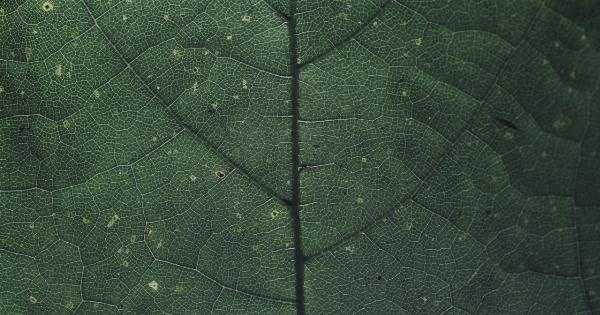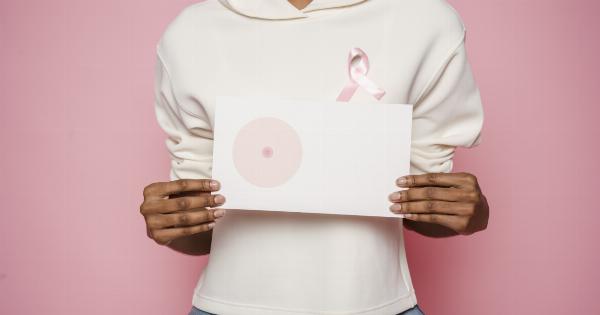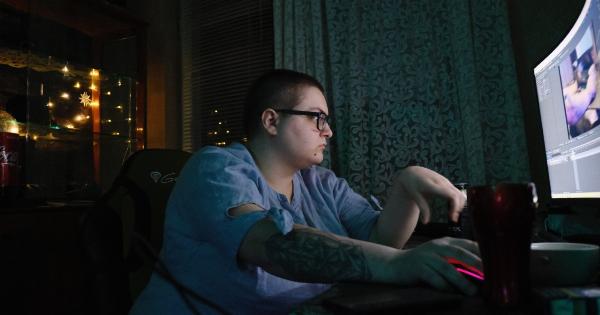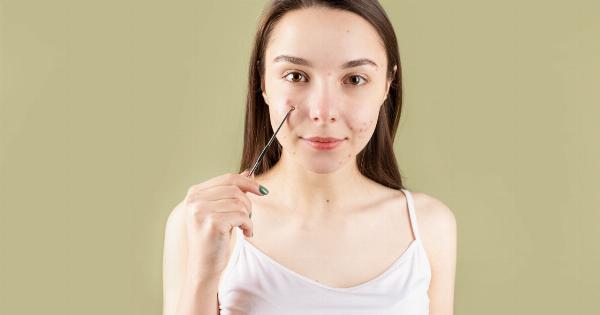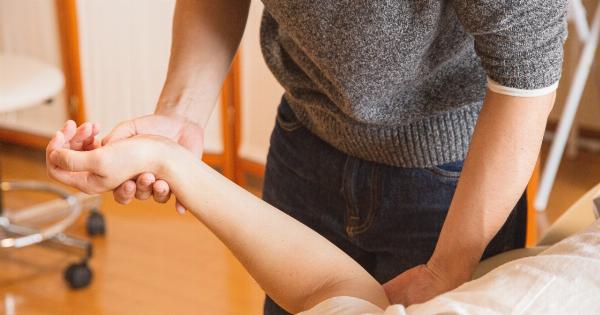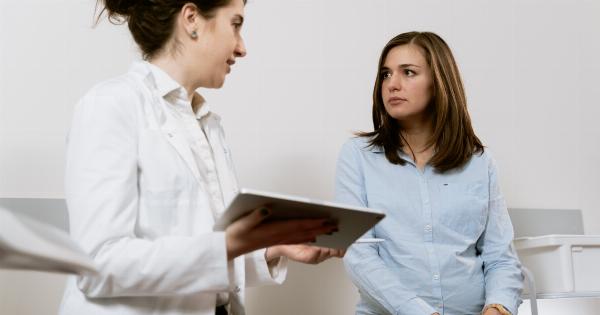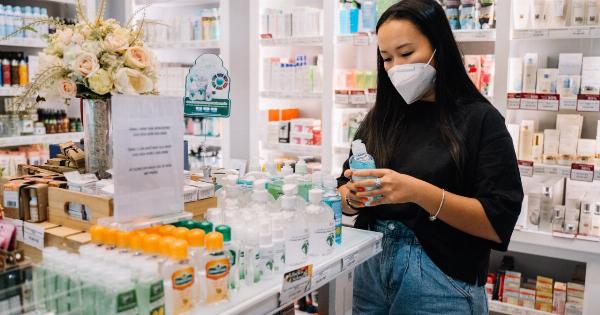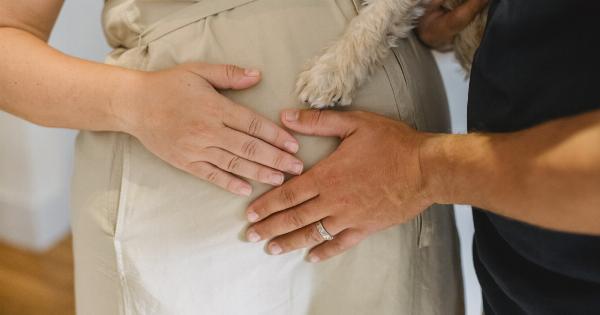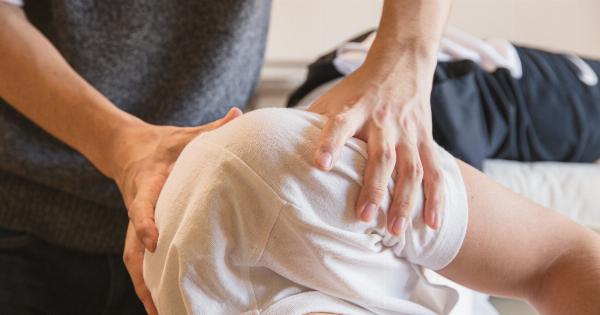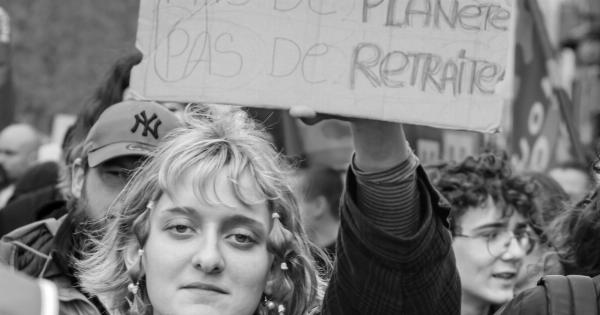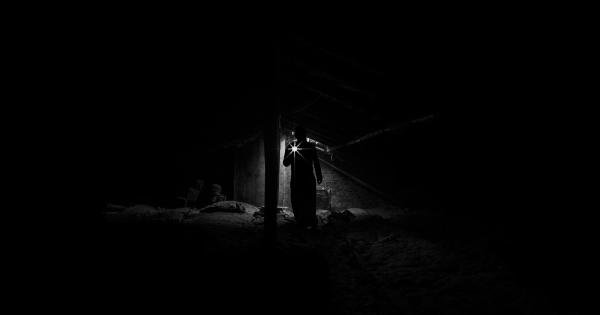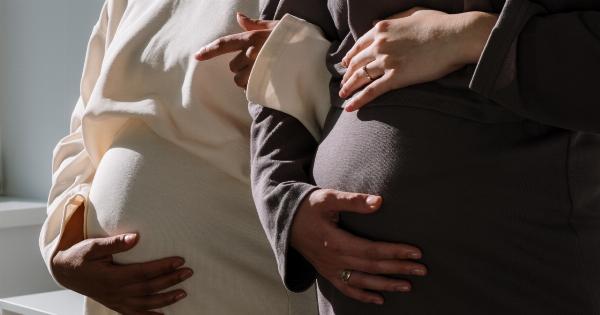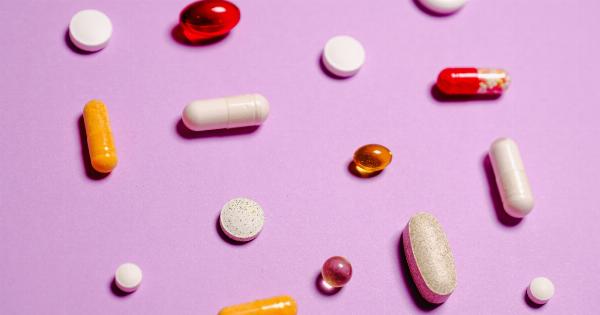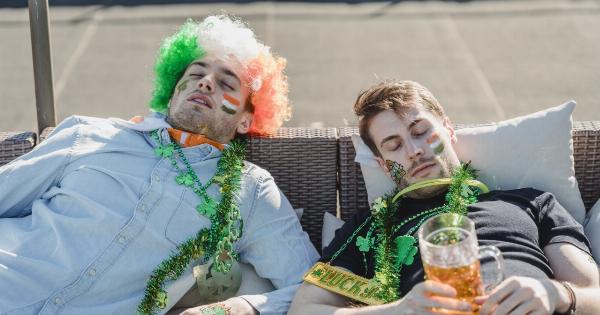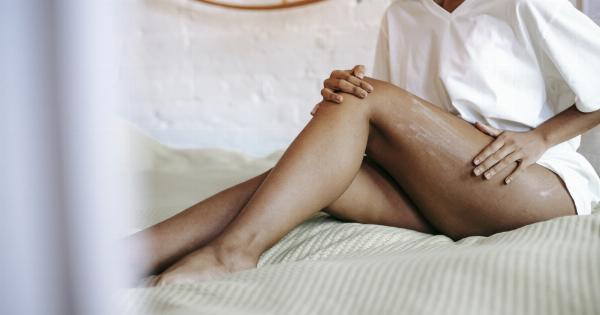Varicose veins are enlarged, twisted veins that usually occur in the legs. They are a common condition, affecting millions of people globally. Varicose veins are often characterized by their dark purple or blue color and bulging appearance.
Causes of Varicose Veins
Several factors can contribute to the development of varicose veins. These include:.
- Age: As we age, the valves in our veins may weaken, leading to the accumulation of blood and the formation of varicose veins.
- Family history: If your parents or close relatives have varicose veins, you may have an increased risk of developing them as well.
- Pregnancy: Hormonal changes during pregnancy can relax the vein walls, increasing the risk of varicose veins.
- Obesity: Excess weight puts more pressure on the veins, making them more prone to becoming varicose.
- Prolonged standing or sitting: Occupations that require long hours of standing or sitting can impede blood flow and contribute to varicose veins.
- Lack of exercise: Regular physical activity helps to improve blood circulation and prevent the development of varicose veins.
Symptoms of Varicose Veins
Varicose veins may not always cause symptoms, but when they do, the most common ones include:.
- Aching or throbbing pain in the legs
- Swelling, especially after prolonged periods of standing or sitting
- Itching or skin irritation around the affected veins
- Cramping or a feeling of heaviness in the legs
- Darkening of the skin over the varicose veins
- Restless legs syndrome
Treatment Options for Varicose Veins
If you’re troubled by varicose veins, there are various treatment options available:.
1. Lifestyle changes
Implementing some lifestyle modifications can help alleviate the symptoms of varicose veins and prevent their progression. These changes may include:.
- Exercising regularly to improve circulation
- Maintaining a healthy weight
- Elevating your legs while resting or sleeping
- Avoiding prolonged periods of sitting or standing
- Wearing compression stockings to support the veins
2. Sclerotherapy
Sclerotherapy is a non-surgical procedure that involves injecting a solution directly into the varicose veins. This solution causes the veins to collapse and eventually fade away. It is a common treatment for smaller varicose veins.
3. Laser therapy
Laser therapy uses laser energy to treat varicose veins. The heat from the laser damages the walls of the veins, causing them to close and disappear over time. Laser therapy is often recommended for smaller veins close to the skin’s surface.
4. Endovenous laser treatment (EVLT)
Endovenous laser treatment is a minimally invasive procedure that is used to treat larger varicose veins. It involves inserting a laser fiber into the affected vein, which delivers laser energy to seal the vein shut.
The closed vein gradually gets reabsorbed into the body.
5. Vein stripping
Vein stripping is a surgical procedure that involves removing the affected vein through small incisions. This treatment is typically reserved for severe cases of varicose veins.
6. Radiofrequency ablation
Radiofrequency ablation is similar to endovenous laser treatment. Instead of laser energy, it uses radiofrequency energy to close off the affected veins. This treatment is often preferred for larger veins.
7. Ambulatory phlebectomy
Ambulatory phlebectomy is a surgical procedure that involves the removal of varicose veins through small punctures or incisions. This treatment is suitable for medium-sized veins that are close to the skin’s surface.
Preventing Varicose Veins
While varicose veins can sometimes be unavoidable, certain measures can help reduce your risk of developing them. Here are some preventive tips:.
- Stay physically active and incorporate exercises that promote good blood circulation, such as walking, swimming, or cycling.
- Maintain a healthy weight to avoid putting unnecessary pressure on your veins.
- Avoid wearing high heels for long periods, as they can impair blood flow.
- If you have a job that requires prolonged sitting or standing, take regular breaks to move around and stretch your legs.
- Elevate your legs above heart level whenever possible to encourage blood flow back to the heart.
- Wear compression stockings as directed by your healthcare provider to support your veins.
When to Seek Medical Advice
While varicose veins are often harmless, they can sometimes lead to complications or indicate an underlying medical condition. Contact your doctor if you experience any of the following:.
- Pain or swelling in the legs that worsens over time
- Ulcers or sores developing near the varicose veins
- Bleeding from the varicose veins
- Significant changes in the appearance of the varicose veins
- Leg pain or swelling accompanied by shortness of breath
- Redness, warmth, or tenderness in the affected leg
Conclusion
Varicose veins can be unsightly and cause discomfort, but there are several treatment options available to help manage and reduce their appearance.
Lifestyle changes, minimally invasive procedures, and surgical interventions can all play a role in addressing varicose veins. By adopting preventive measures and seeking appropriate medical advice, you can bid farewell to varicose veins and improve your overall leg health.

